Content
- Effect of illumination and temperature on terpenes
- Moisture and soil type as factors in terpene formation
- Effect on specific terpenes
- Conclusion
Effect of illumination and temperature on terpenes
Lighting and temperature are two key factors that strongly influence the development of terpenes in cannabis plants. Each plant has its own characteristics depending on the type of variety, be it indica or sativa.
Lighting
For cannabis, light is the main source of energy for photosynthesis and therefore for the development of all its biological processes, including terpene synthesis. Light can affect terpene synthesis both directly and through changes in photoperiod.
Cannabis, including indica and sativa, develops best under full spectrum light. Full-spectrum lamps (e.g. LED or high-pressure sodium lamps) are often used for grooving indoor plants (e.g. growboxes). Such lamps most effectively mimic sunlight and help the plant produce terpene compounds, including myrcene, limonene, and pinene.
The more intense the light, the more terpenes the plant can produce. For example, intense light stimulates the production of limonene, a citrus terpene that is prevalent in sativa varieties. Under low-light conditions (such as too weak bulbs or insufficient light in natural conditions), plants begin to produce fewer terpenes, which can affect flavor and aroma.
For autoflowering and feminized cannabis varieties, photoperiod can affect the overall composition of terpenes. In the case of autoflowering plants, the daylight hours can be shortened as they start to flower automatically after a certain amount of time. However, it is important to provide full spectrum light at the start of their growth to stimulate the production of myrcene (a terpene with a spicy, musky flavor) and limonene. While indica and sativa, which require a specific photoperiod to move into flowering, also develop more pronounced aromas during the growing phase with long daylight hours, particularly limonene and terpinolene (a terpene with a fruity and sweet odor) during the growing phase.
Temperature
Temperature affects the rate of chemical reactions in a plant, including the production of terpenes. At optimal temperatures, plants can produce more terpenes, but extreme temperatures (too high or too low) can slow their production or even destroy some of them.
For most cannabis varieties, including indica, sativa and autoflowering varieties, the optimal temperature for growth is a range of 20 to 28°C (68-82°F) during the day and 16 to 22°C (60-72°F) at night. Temperatures in this range promote active synthesis of terpenes such as myrcene and limonene, and enhance the aromatic properties of the plant. For example, myrcene, which gives a spicy and musky aroma, is often found in indica and is revealed at temperatures around 25°C.
High temperatures can affect the quantity and quality of terpenes. When plants become overheated (above 30°C), they begin to “burn out” and lose the ability to produce large amounts of aromatic compounds. This is especially true for sativa varieties, which tend to grow taller and require more light and heat. At temperatures above 30°C, synthesis of terpenes such as limonene and pinene can be greatly reduced. Pinene, which gives off the odor of pine, usually develops in moderate temperature conditions and disappears in excessive heat.
Too low a temperature (below 16°C) can also slow terpene production. At low temperatures, cannabis plants, including indica and sativa, can slow down their activity, which reduces the synthesis of terpenes such as caryophyllene and linalool. Caryophyllene, with its spicy peppery flavor, develops better in temperate conditions, and cold can significantly reduce its presence. Linalool, with its lavender floral aroma, also fails to develop fully at low temperatures.
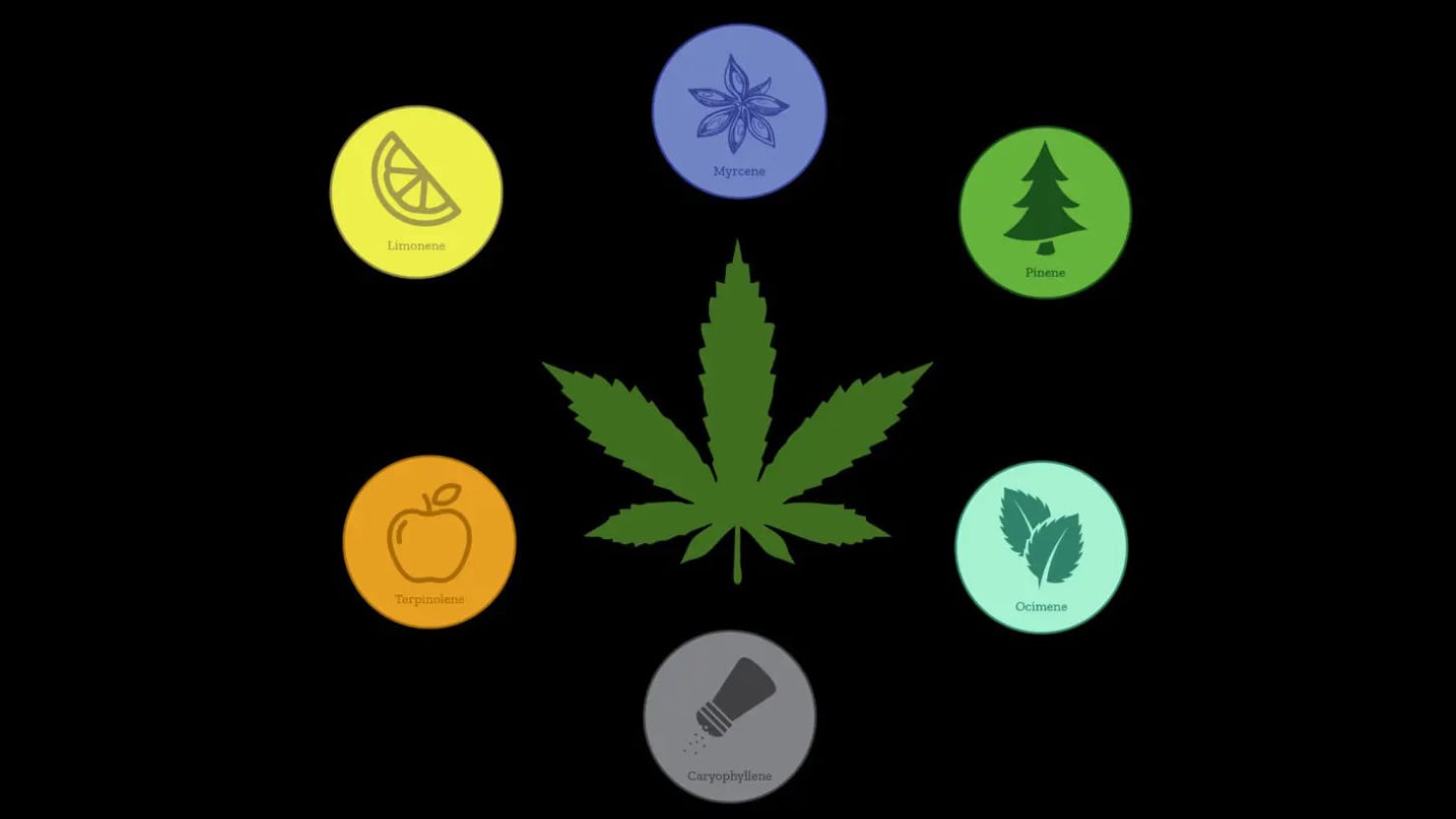
Moisture and soil type as factors in terpene formation
Soil moisture and soil type are two critical factors that directly affect terpene production in cannabis plants. These parameters determine how well the plant will develop its root system and how efficiently it will absorb the necessary nutrients, which in turn affects the quantity and quality of terpenes.
Humidity
Air and soil humidity are key to the development of the plant, as well as to the synthesis of terpenes. Cannabis, like other plants, regulates its humidity through transpiration, which is the process of water evaporation through the leaves. The right balance of humidity promotes healthy plant growth and increased synthesis of terpenes.
- High humidity (80% and above): when humidity is too high, plants may have difficulty evaporating moisture, which slows transpiration. At the same time, high humidity levels can stimulate the production of terpenes such as pinene and linalool. Pinene, which imparts the odor of pine, develops best in high humidity conditions, which is particularly common in indica varieties. Linalool, with its floral and herbal aroma, also grows under such conditions and enhances its properties. Humidity control is particularly important when grooving feminized varieties, which require stable conditions to reveal the terpene profile.
- Low humidity (less than 40%): under low humidity conditions, cannabis can become stressed and this affects terpene synthesis. When humidity is low, plants begin to evaporate water more intensely, which can cause a decrease in the levels of terpenes such as caryophyllene (a terpene with a peppery and spicy odor). This is especially important for sativa varieties, which need balanced conditions to maintain high levels of terpenes. If humidity is too low, the terpene profile of the plant becomes less pronounced and the aromas and flavors become less intense.
- Optimal humidity level: for most cannabis varieties, the optimal humidity level is between 50% and 70%. This allows for sufficient transpiration and healthy root development to facilitate the synthesis of terpenes. Under these conditions, plants will actively develop terpene compounds such as terpinolene and limonene, which is often found in sativa cannabis varieties. Autoflowering varieties, which grow faster, also benefit from maintaining optimal humidity.
Soil type
Soil type has a significant impact on cannabis growth and terpene composition, as it affects the ability of the roots to efficiently absorb water and nutrients. Different cannabis varieties have their own preferences in terms of soil composition and this has a direct impact on the chemical composition of the plant, including the terpene profile.
Soil that is rich in organic matter (e.g. humus, compost) promotes better growth and root development of cannabis. Such soil helps the plant efficiently absorb nutrients, which stimulates the synthesis of terpenes such as caryophyllene and terpinolene. Caryophyllene has a spicy and peppery flavor and is particularly well developed in the rich organic soil conditions typical of indica varieties. Terpinolene, which gives the plant a light floral aroma, also shows up in such conditions. Autoflowering cannabis varieties, which often require less demanding growing conditions, also benefit from good organic soil, as it improves the overall growth of the plant and promotes balanced terpene development.
Soil with good drainage avoids root overwatering and promotes stable plant growth. This is important for most cannabis varieties, including sativa, which requires good air exchange and does not like stagnant water. With proper soil drainage, plants begin to develop terpenes such as pinene and limonene, as optimal conditions allow for better plant metabolism.
Soil acidity (pH) also plays an important role in nutrient uptake and terpene synthesis. Soil with a pH between 6.0 and 7.0 is the most suitable for cannabis. In highly acidic or alkaline soils, the plant may be deficient in important micronutrients, resulting in impaired terpene synthesis. For feminised varieties, it is especially important to maintain an optimal pH, as these plants are often demanding in their growing conditions and more sensitive to changes in soil composition.
For autoflowering cannabis varieties, light, well-drained soils with a high organic matter content are preferred. Such soils promote better water and nutrient uptake, which is important for the rapid growth and development of the plant. Under such soil conditions, the synthesis of terpenes such as terpinolene and limonene will be more intense, which gives cannabis its pleasant aroma and flavor.
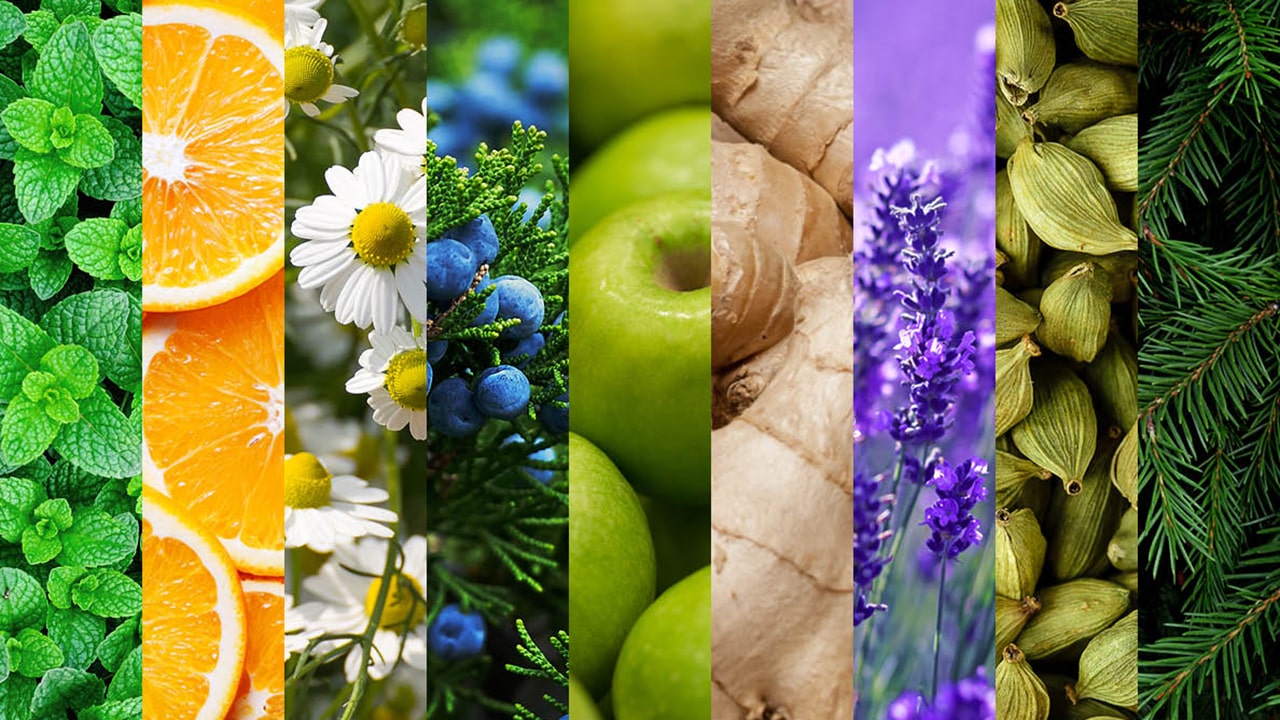
Effect on specific terpenes
Pinene: manifests best in conditions of moderate humidity and well-drained soil. It is found in both sativa and indica varieties of cannabis. High humidity favors the development of pinene, which is characteristic of indica.
Limonene: this citrus terpene is particularly strong in moderate humidity and well-aerated soil. Limonene is often found in sativa varieties and autoflowering plants.
Caryophyllene: the spicy and peppery odor of caryophyllene is more pronounced in soils with good drainage that allow the plant to absorb nutrients efficiently. Caryophyllene is often found in indica.
Terpinolene: the floral and herbal odor of terpinolene is best in moderate humidity and in organic soil, which is common in feminized varieties.
Linalool: this floral terpene develops under conditions of moderate humidity and soil with good aeration. Linalool is characteristic of sativa.
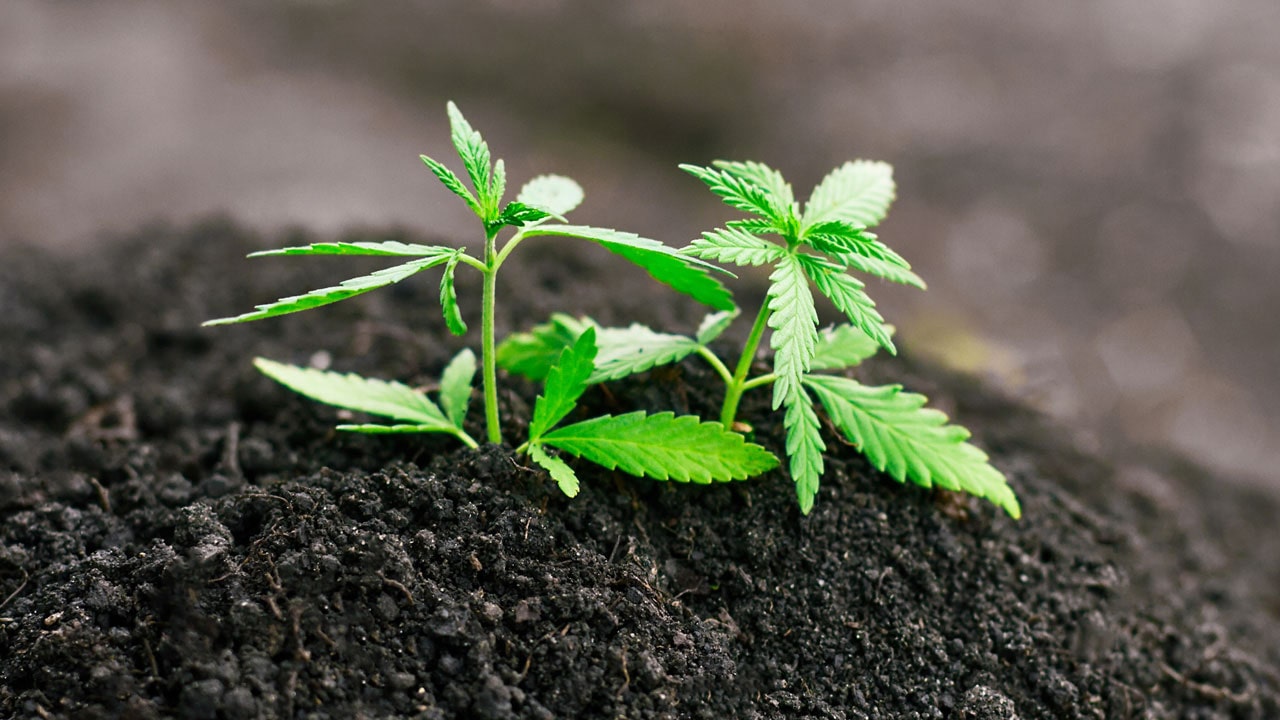
Conclusion
Growing conditions play a key role in shaping the terpene profile of cannabis. Temperature, light and humidity affect the synthesis of terpenes such as myrcene, limonene, caryophyllene, terpinolene, pinene and linalool, which determine aroma and flavor. Different cannabis varieties - indica, sativa, autoflowering and feminized - can react differently to these conditions, which is important to consider when creating an optimal growing environment.
Warning! Errors Seeds does not encourage you to grow cannabis and does not promote it in any way. Cultivation is prohibited by the legislation of Ukraine. The article is of scientific and introductory interest only.
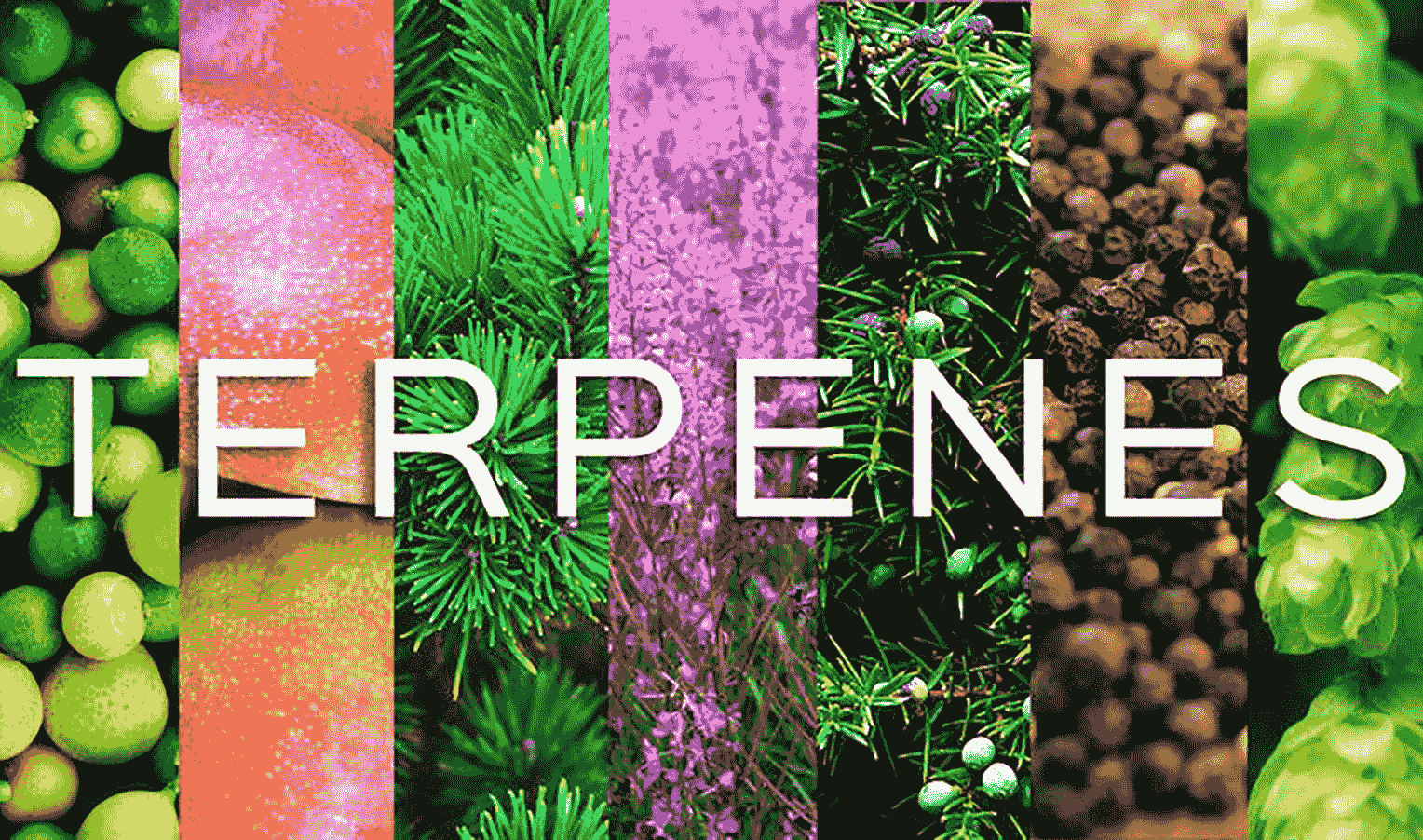
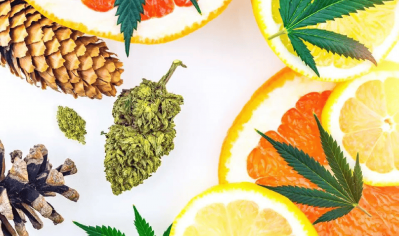
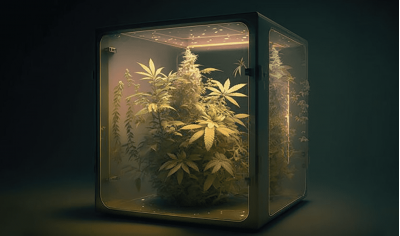
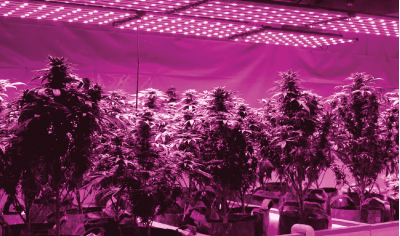

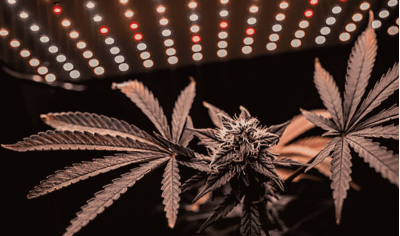
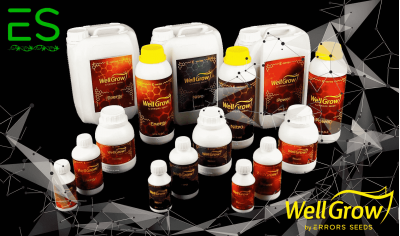
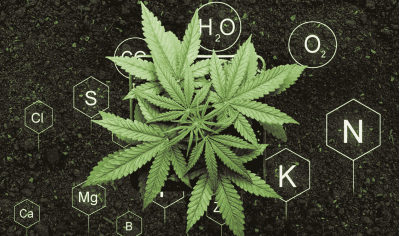
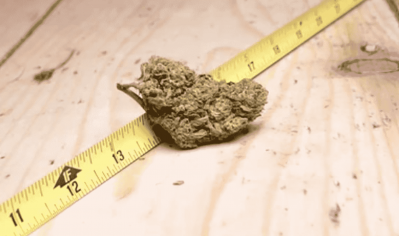
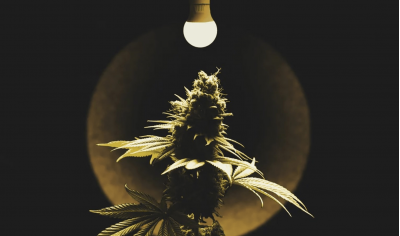
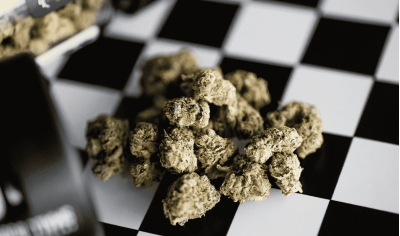

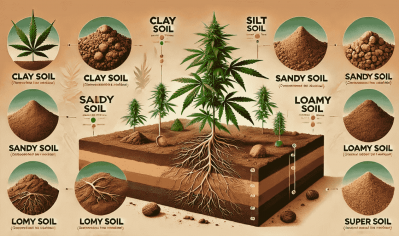

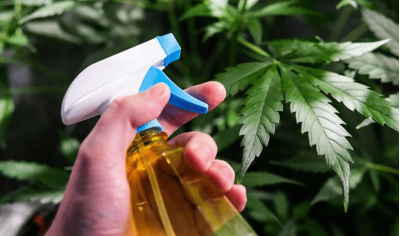
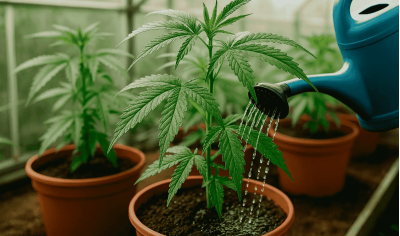
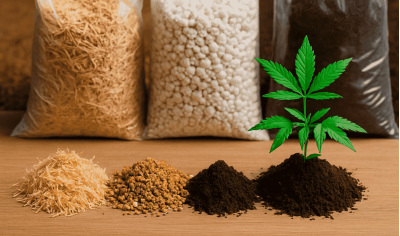
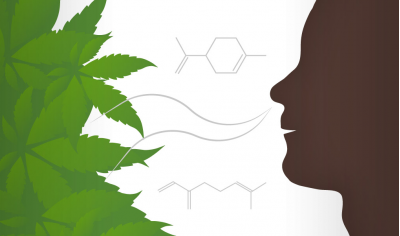
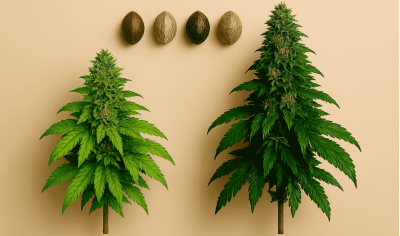

Write a comment